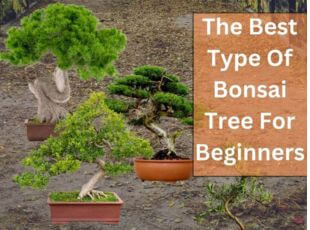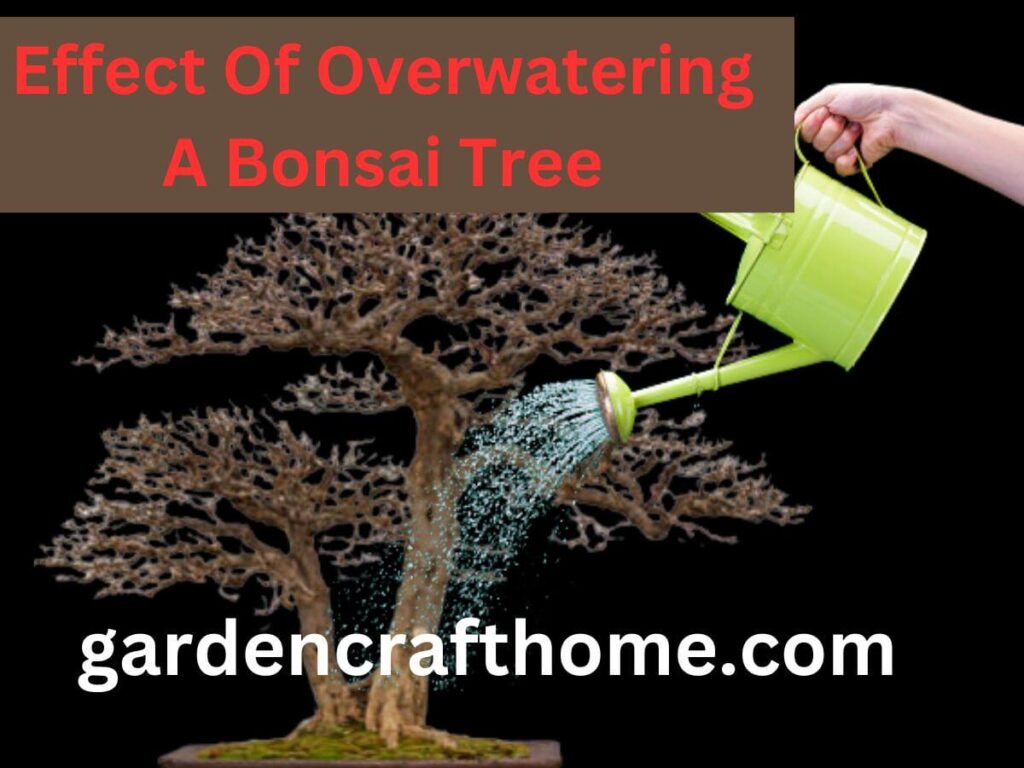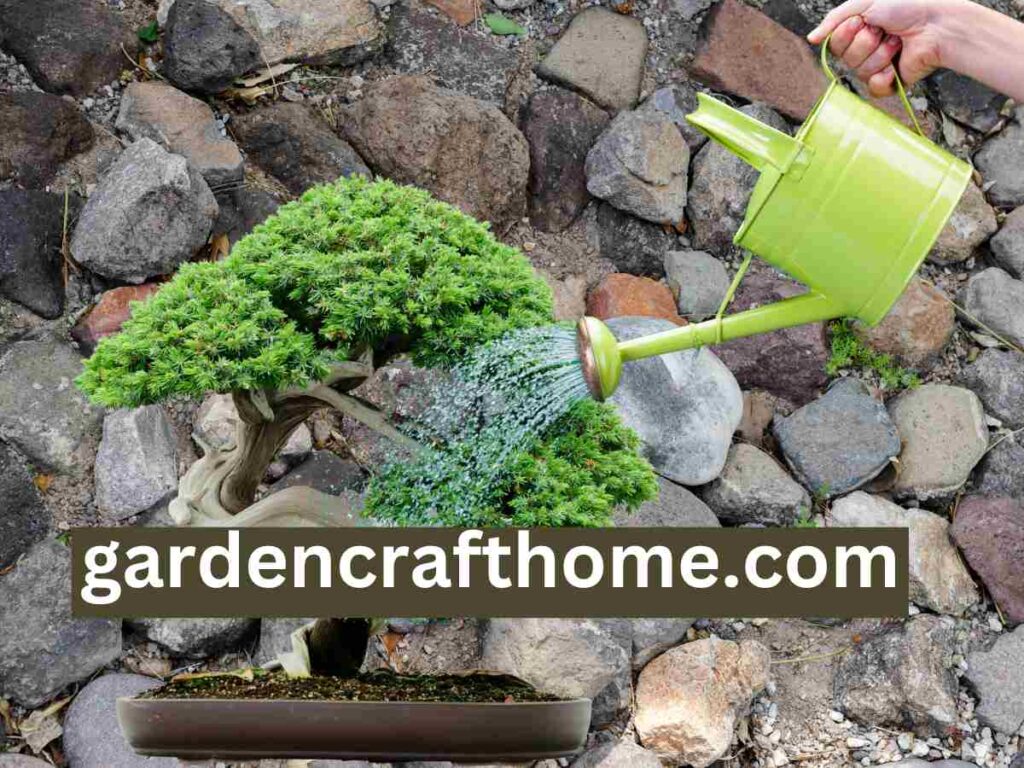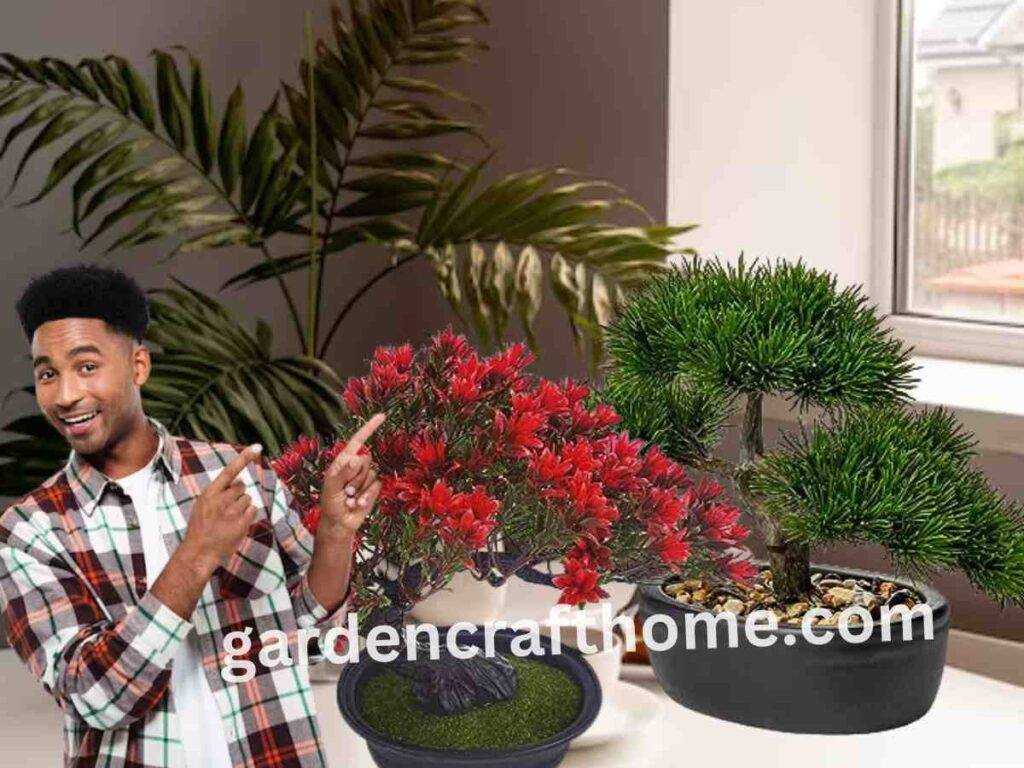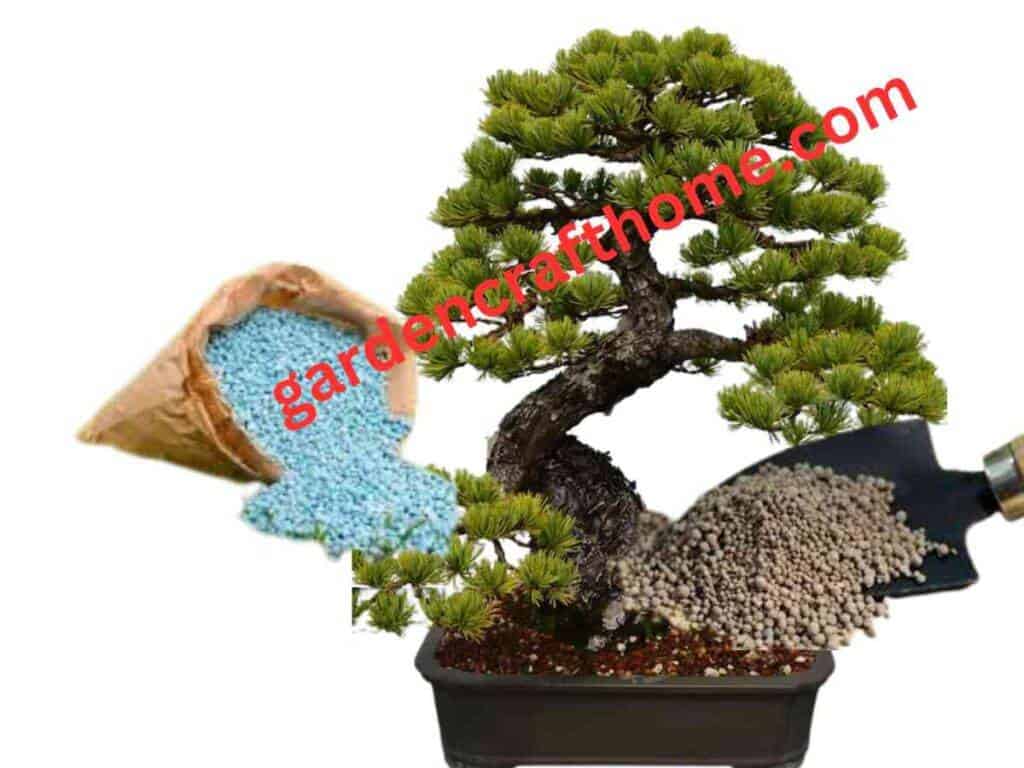Are you ready to know the best type of bonsai tree for beginners? I strongly recommend starting with the following:
- Portulacaria bonsai trees
- Japanese Maple Bonsai
- Money Tree Bonsai
- Juniper bonsai trees
- Cotoneaster bonsai trees
- Rosemary
- Chinese elm bonsai tree and
- Ficus bonsai tree.
I long sought to get information about the best Bonsai for beginners.
I found no one to help, and I chose the wrong tree. But since I know the right one for a beginner, I am here to help you for free.
You can learn the bonsai tree introduction. Let’s get into the best bonsai tree types for beginners.
8 Best Types Of Bonsai Tree For Beginners To Start With
Many bonsai trees are in the market; some are easy for beginners, and some are not.
If you pick the wrong bonsai tree as a beginner, you will be frustrated or tired because you did not use a beginner-friendly tree.
Below is the list of beginner’s friendly bonsai trees for you to start with.
Chinese Elm Bonsai Tree For Beginners
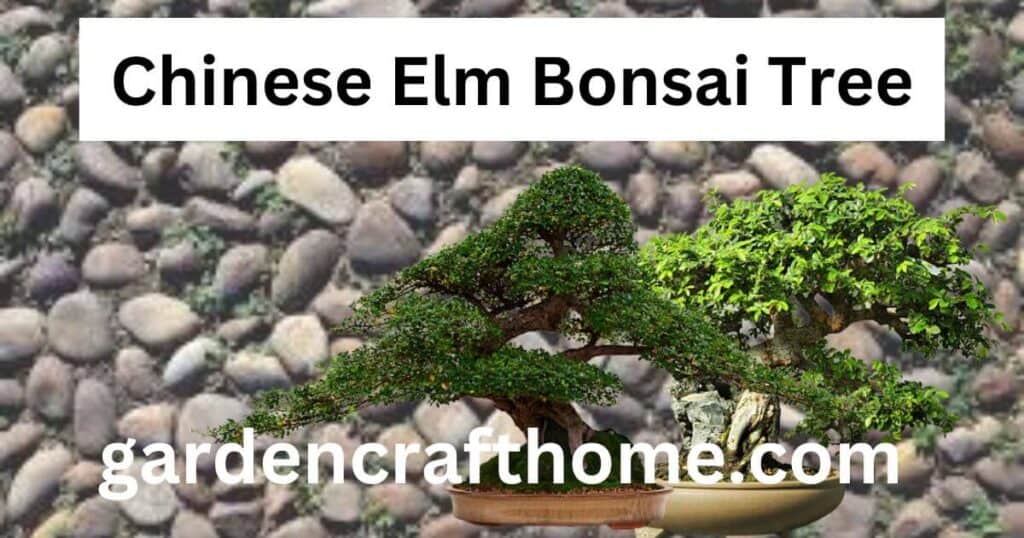
The Chinese elm bonsai tree is easy to start with for a beginner with little or no knowledge about the bonsai tree.
It is not expensive to buy as a beginner, not only that it has various features that make it the best for beginners.
The Chinese elm bonsai tree can survive indoors and outdoors and continually develop a fine branch ramification. And it has attractive, naturally tiny foliage.
Another good reason for starting with Chinese elm bonsai trees is that they are easy to prune, and their slow growth makes them easy to shape.
The slow-growing plants can stay satisfied almost everywhere you place them.
Chinese elm bonsai can grow as fast as over 3 feet per year and grow as tall as 60 to 80 feet and 18.288 to 24.384 meters, respectively.
One of the interesting facts about is that Pests, and diseases do not quickly attack the Chinese elm bonsai trees.
Controlling the pest with a few drops of neem oil is easy, even when pests attack them,
Ficus Bonsai Tree For Beginners
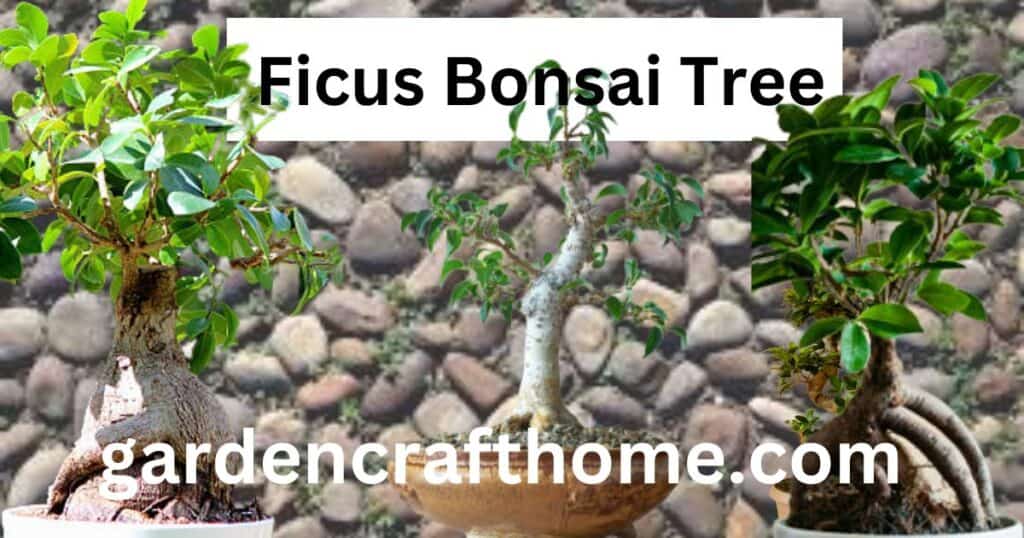
Ficus Bonsai Trees are often recommended for beginners because they are stress-free and require little or no knowledge.
A gardener interested in nursing a Ficus bonsai tree can easily care for this species.
Below are some additional specific reasons why Ficus Bonsai Trees are best for beginners:
Ficus Bonsai Trees are easy to get and always available at local nurseries or online retailers. It is also affordable for low-budget investment for beginners.
Another wonderful thing about Ficus bonsai trees is; this particular Bonsai can tolerate a wide range of conditions and pruning mistakes from a beginner.
This Ficus bonsai tree can grow healthy indoors with high humidity and bright sunlight.
Most beginners prefer to grow bonsai trees indoors, and it is always the right choice for someone who can’t dedicate time to regular maintenance and watering.
Portulacaria Bonsai Trees For Beginners
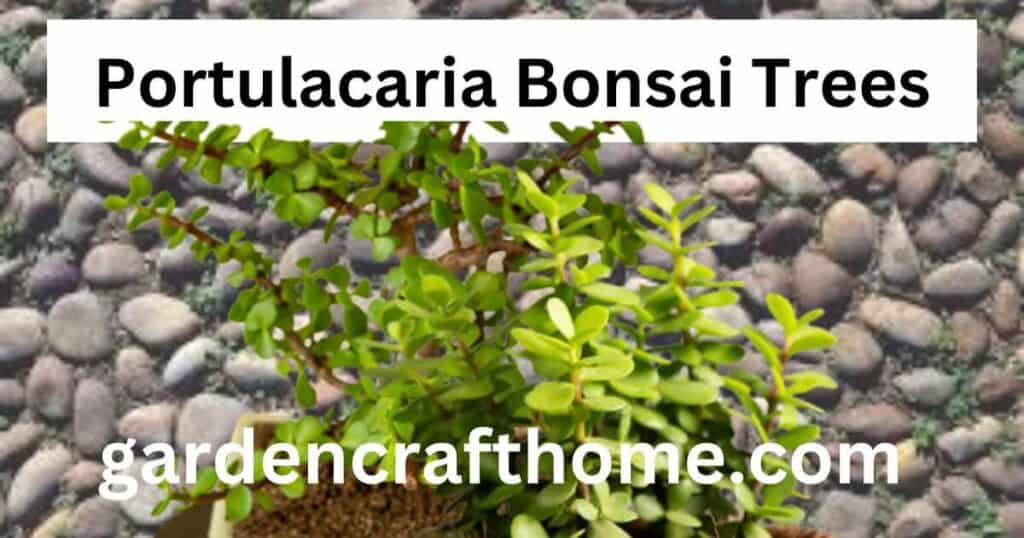
The Portulacaria is a member of the Jade family; Portulacaria bonsai trees are also known as “Elephant Bush bonsai” or “Dwarf Jade bonsai.”
For a gardener who does not want to labor his or when nursing a bonsai tree, Portulacaria bonsai trees should always come to mind.
Portulacaria bonsai trees do not need frequent watering. It’s the best option for people who are forgetful or always at work.
Portulacaria bonsai trees only need a small amount of water to survive. So don’t overwater it because these trees are prone to root rot.
Even if you overwater your bonsai tree, it is possible to revive your over-watered bonsai tree by yourself: learn how to restore it.
These trees can easily survive in various growing conditions and tolerate some mistakes when cultivating.
This portulaca ria bonsai tree can naturally grow in hot climates. It can be easily kept indoors, unlike all other bonsai trees.
The Portulaca ria bonsai tree is a beautiful tree that looks nice and is beautified with small, round leaves and a unique, thick, trunk-like stem.
The fantasies of this beautiful feature are that it can be trained and pruned into any desirable shape and style.
Japanese Maple Bonsai For Beginners
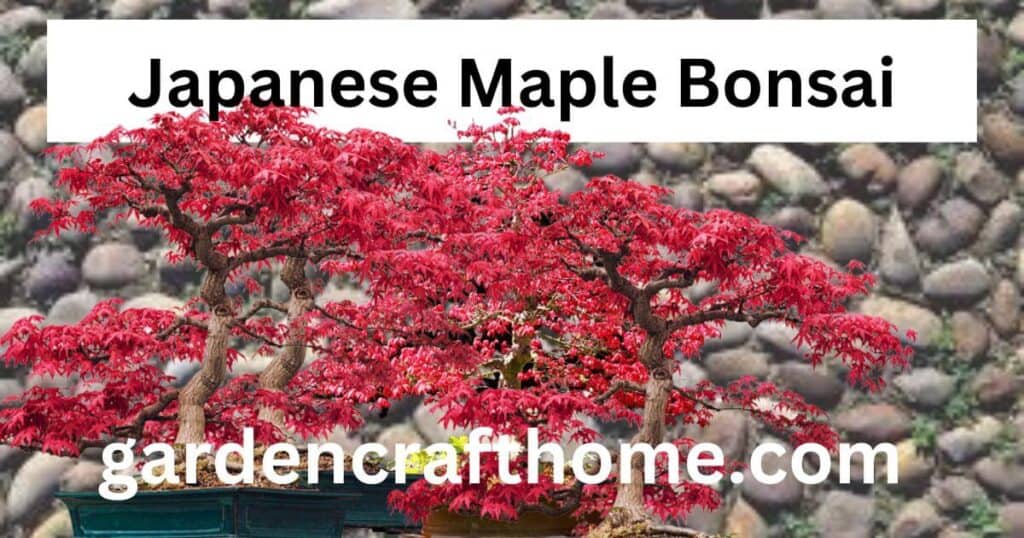
Japanese Maple Bonsai is preferred for most beginners in Bonsai art because it has easy to maintain and needs less attention.
Japanese maple bonsai is best for outdoor growing. That does not grow well indoors and can survive in temperatures.
They can stay in freezing temperatures over the winter, mainly when there are young, and can also be out of harsh summer sunlight.
The Japanese Maple can grow in small sizes and can grow tall. It has roughly 500 species, producing beautiful foliage colors and lovely leaf shapes.
Another cool feature of Japanese Maple is its availability. There is always a ready-made bonsai tree of the species in most nurseries and garden centers.
It means it is available for beginners who want to buy ready-made Bonsai without necessarily starting from the nursery stage.
The Japanese maple bonsai tree has simplified itself in a way that requires little maintenance and care.
These only need a few specialized tools or techniques, making them suitable for beginners to play around with. Learn bonsai techniques.
When it comes to beautification, this species can be used for landscapes and Bonsai trees.
Since Japanese Maple is a favorite for landscaping and bonsai trees, it is beautifully made with spectacular colors.
Japanese maple bonsai tree can constantly change its color through the year from “shades of green to red, orange and yellow depending on the variety.”
Money Tree Bonsai For Beginners
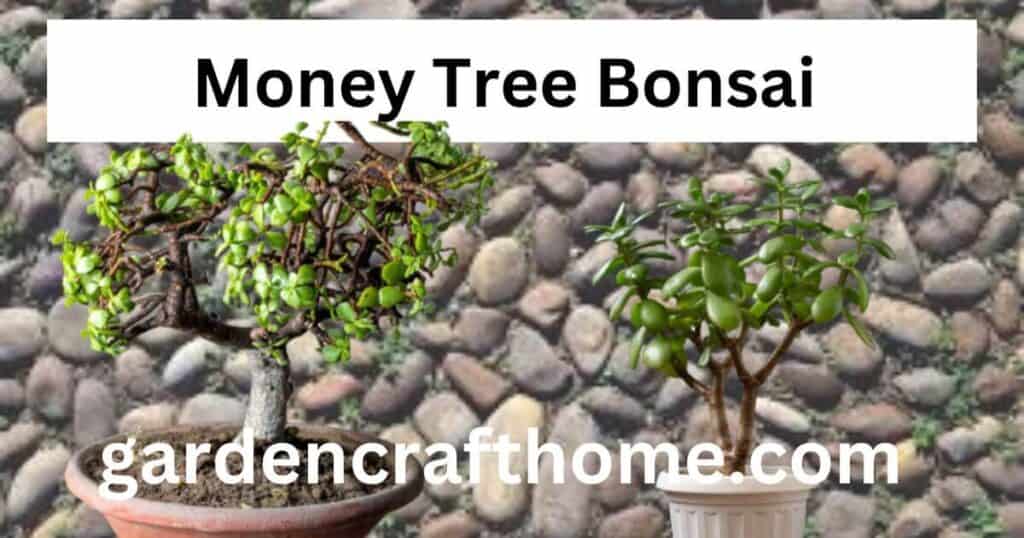
Money tree bonsai is also known as Pachira; the money tree is a well-known houseplant that can be made into Bonsai trees.
Money tree bonsai is native to Central and South America and is a full Malvaceae family member. It can naturally grow up to 6 feet tall.
It is essential to know that when grown as a Bonsai, it is usually kept at a smaller size. Money trees are straightforward to care for.
The Money Tree Bonsai has a distinctive appearance and can be crafted into your unique type of Bonsai.
Some belief systems claim that the money tree bonsai symbolizes good luck, prosperity, and success in feng shui and other cultures.
Additionally, most owners of this plant believe that it brings positive energy and good fortune to them.
Money Tree Bonsai can be propagated from a stem cutting, allowing it to be rooted in water or soil. It can also be grown from seeds as well.
Juniper Bonsai Trees For Beginners
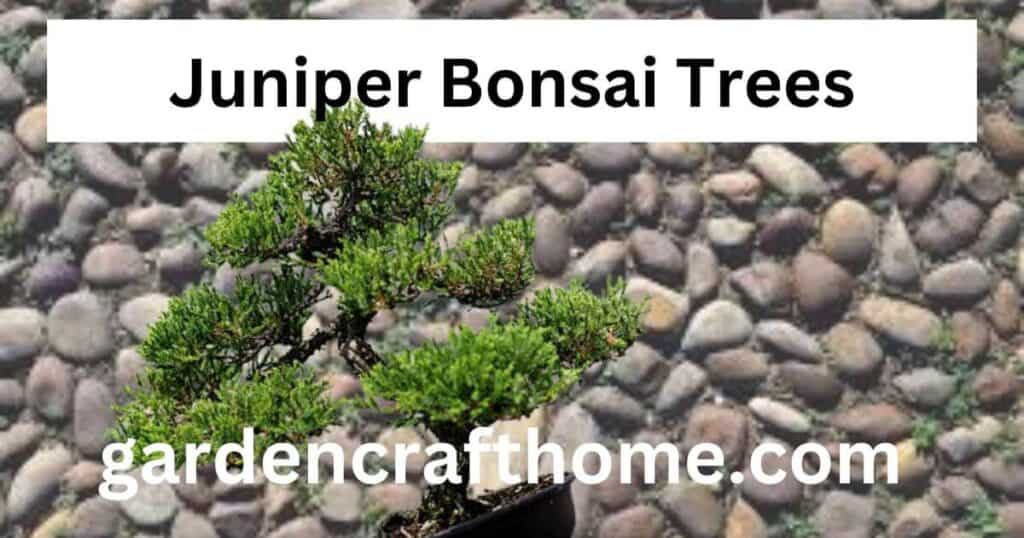
The Juniper bonsai tree is always the first picture that comes to our mind when we visualize a bonsai tree.
Juniper’s bonsai are excellent for bonsai trees for beginners because They are easy to handle and care for, like all other Bonsai I have listed above.
They are friendly for beginners to prune in an excellent pad shape on branches, and they can hardly die.
Instead of Juniper bonsai trees dying, they will survive well in almost all climates.
It’s important to note that the junipers can’t do well indoors. Growing these trees outdoors in USDA Zones 4 to 9 is advisable.
A juniper bonsai tree is decorated with a beautiful needle-leaved tree that looks very attractive in miniature form.
Sometimes spider mites and webworms do attack the juniper’s bonsai tree. But still can not easily harm it because it is pest resistant.
Regular pruning can prevent infections from keeping leaves from getting too messy.
This type of species can survive over-pruning. It is important to note that aggressive pruning can cause weakness and browning in the trees.
However, it can ultimately recover from pruning mistakes from bonsai newbies.
This tree is one of the most accessible trees that are sold around the world. It is considered to grow outdoors.
Juniper bonsai trees are popularly known to be members of the cypress family.
They are native to many regions worldwide, including North America, Asia, Europe, etc.
When growing Juniper trees as Bonsai, they are usually trained in the traditional “informal upright” style.
The style is a slightly curved trunk and branches angled upwards and outwards.
With adequate care, a Juniper bonsai tree can live for many years and still develop a beautiful, aged appearance.
Cotoneaster Bonsai Trees For Beginners
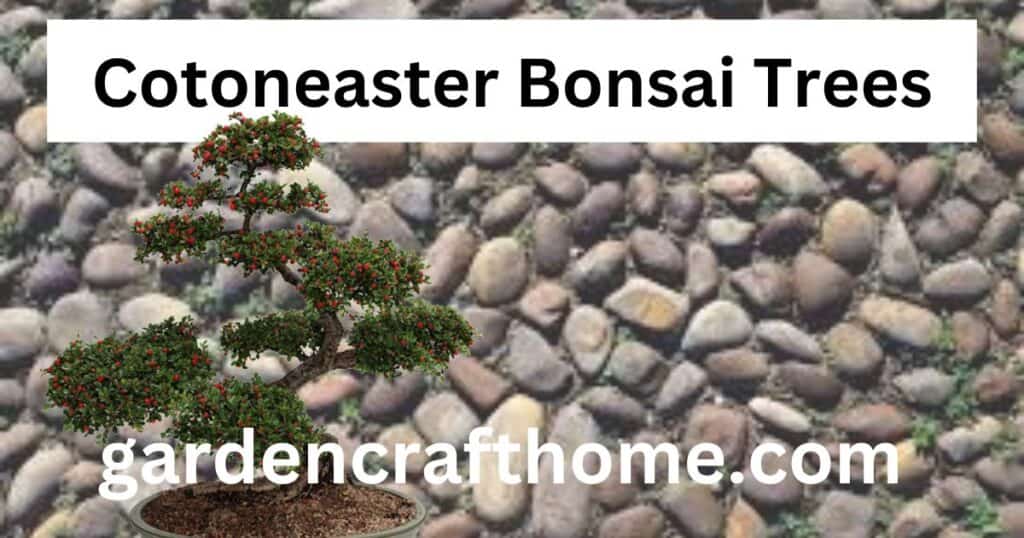
Cotoneaster bonsai trees, often underrated or overlooked, are also perfect species for Bonsai, particularly for beginners.
They grow well outdoors and can be left out through cold winters, temperatures, and drought.
The survival of this tree is due to its hardness and can tolerate a range of conditions.
The process of caring for Cotoneaster bonsai trees is a fantastic tax because this is one of the most accessible bonsai trees.
Beginners can quickly cultivate Cotoneaster bonsai trees without losing due to beginners’ mistakes and Miss understanding.
Cotoneaster is native to Asia, Europe, and Africa. Its flower is beautifully designed with small leaves.
Cotoneaster bonsai trees feature white or pink blooms in the spring and red berries in the fall.
The reason Cotoneaster shines as a bonsai specimen is its growth habit.
The leaves are tiny and deep green. They are ideal for creating pads and shaping a tree.
The branches of cotoneasters are flexible for taking shaping by utilizing wires. It makes it easy for beginners to handle it without breaking its components.
The cotoneasters tree has a moderate growth rate, which means regular pruning is not necessarily required.
It can be shaped gradually over time to make the best of its shape.
Also, read the effect of over-watering a bonsai tree and how to revive an overwatered bonsai tree.
Rosemary Bonsai Trees For Beginners
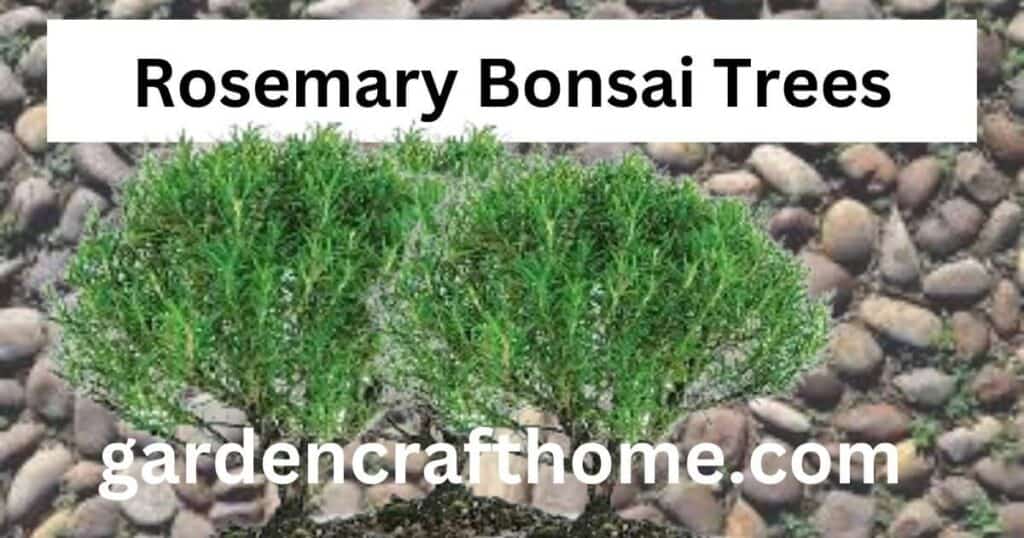
Rosemary bonsai trees (Rosmarinus officinalis) are a type of Bonsai formed by the Rosemary plant.
These rosemary bonsai trees require Frequent watering and well-draining soil and should be watered when the top soil is dry.
Keep the rosemary bonsai trees in a pot with sufficient drainage.
There are a few things about these herbs: since they can also be crafted as Bonsai trees, here are the essential things to remember.
Remember that herbs typically have different soil requirements than the other Bonsai trees.
You can shape a traditional rosemary plant into a unique Bonsai, which can be kept indoors or outdoors.
The ability to prune these plants to your specific style and shape makes it the best choice for beginners to start practicing.
This rosemary bonsai tree is friendly to maintain and care for. In the case of investing in this particular bonsai tree, it is affordable and exciting to invest as a beginner.
There is always a fast way of growing rosemary as your tiny “tree.”
It only requires you to start it from seed planting quickly, this herb in containers, and bringing it in before the first frost.
To maintain the plant’s miniature size, I advise removing new growth that appears after the first set of leaves.
Trimming at least 30 percent of the roots is better to prevent this plant from outgrowing its pot.
As long as the branches are young and flexible, you can shape them with wire.
Is Bonsai Hard To Take Care Of?
Whether Bonsai is hard to care for is popular for most beginners. It is not difficult only if you learn the basics of bonsai techniques.
But a bonsai tree requires patience, specialized care, and attention to thrive.
The truth is, Bonsai can be pretty challenging to maintain due to its unique nature, unlike other potted plants.
When growing a live bonsai tree, remember that a few basic rules should be followed when watering, fertilizing, and transplanting.
Bonsai tree requires constant care, even if you have already reached the intended form.
Bonsai trees are cultivated in tiny pots with little room for water and nutrients. It is frequently regarded as a perfect décor for homes and workplaces.
The tree species, soil type, water, and sunlight can significantly affect the health of the Bonsai.
With proper care and attention, bonsai trees can live for many years, making them an excellent investment for those willing to take on the challenge.
It would help if you learned bonsai techniques to learn how to grow Bonsai quickly.
How To Choose A Bonsai Tree?
First, decide on the type of Bonsai you want. Juniper, Maple, and pine are among the most common bonsai varieties.
Each species has distinct needs for sunshine, watering, and pruning, so select a species appropriate for your climate and ability level.
Secondly, think about the type of Bonsai you want. There are many different ones to choose from.
The different bonsai tree types are formal upright, casual upright, slanting, cascade, and semi-cascade.
Each style has distinct traits and necessitates various methods to keep its shape. Choose a look that speaks to you and that you are comfortable with.
Finally, examine Bonsai’s age. While older bonsai trees can be remarkable, they also necessitate more upkeep and can be more challenging to maintain.
Younger bonsai trees may be simpler to care for and shape as the tree develops.
Choose an age bonsai tree appropriate for your skill, level, and knowledge. Pick a bonsai that suits you.
Bonsai trees are highly personal, and selecting one that responds to you can make the experience of caring for it more satisfying.
Look for a tree that captures your attention and talks to you on a deeper level, with a mighty trunk and healthy foliage.
Remember that Bonsai is an art form; the selected tree represents your style and attitude.
How Long Does A Bonsai Tree Last?
The longevity of a bonsai tree varies based on the species and the care given to it,
as well as other environmental variables. Some bonsai trees can survive for hundreds of years if properly cared for.
A bonsai tree, on the other hand, has a typical lifetime of 20-30 years.
It should be noted that some bonsai plants may not live as long as others bonsai tree due to:
- disease
- insect infestations
- poor maintenance
- trimming
- appropriate irrigation
- fertilization and
- soil management.
A bonsai tree can readily survive for more than 100 years. Some are capable of surviving for centuries, even a thousand years!
Conclusion
Now you know the best type of bonsai tree for beginners. It is essential to choose the right bonsai tree for beginners is a good choice.
As a beginner, getting the right bonsai tree gives you interest and motivation to container in bonsai art.
Secondly, the above list of bonsai trees mentioned in this blog is easy to maintain, making it the best choice for beginners.
The survival of these trees depends on proper care and maintenance.
All the lists of bonsai trees here are available and affordable to buy.
You can learn bonsai techniques and our introduction to Bonsai.
Also, read how to water a bonsai tree.

